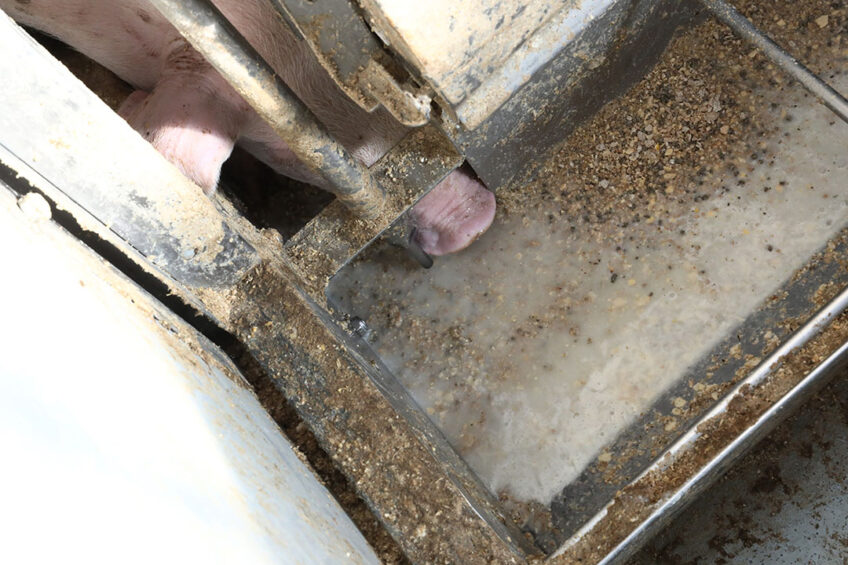Managing feed mill contacts: the key to production success

Since she started writing in Pig Progress, new and long-time readers of her column know Dr Casey Bradley as a swine nutritionist. What you might not know is that, recently, she been able to diversify and work with multiple species again.
While there may be many differences in working with multiple species, there is 1 universal similarity across them, and it is the need to work with your feed mills to deliver the highest quality nutritional programme possible.
Feed has already been a significant portion of the costs of raising pigs and today’s markets are no exception. Managing your mills and nutrition programmes is essential. So for this article, I thought I would share with you some of the issues I have helped my customers through over the last couple of months. What has come across my desk recently when it comes to feed mills?
Maintenance issues and feed mill shutdowns
With the backup of machinery and parts, many mills are facing shutdowns and significant repairs. If you are a short-notice delivery customer, this may negatively impact your feed deliveries. Do you have a backup strategy or alternative feed mill to help you out in a pinch?
Ingredient quality
Some issues coming across my desk include undercooked soybean meal, high mycotoxins, and foreign food in feeds. With ingredient shortages, especially if you are in a niche market situation (“organic” or “GMO-free”), some mills are buying what they can find. But are you conversing with the purchasing departments to determine if there are different ingredients you should consider today that may not have been ideal a year ago?
Yes, broken augers and metal shavings found inside the digestive tract have also come across my desk recently
1 plus 2
Running machinery to the breaking point can put metal fragments into your feed and break your augers. Yes, broken augers and metal shavings found inside the digestive tract have also come across my desk recently. Does your mill have magnets, and is this part of their quality assurance programme? Did the bolt come out of the feed truck?
Pellet quality and grind size
Have you noticed this fluctuating from load to load? Smaller particle size and pelleting could have significant advantages when dealing with high-fat costs, but not if your feeders are full of fines or your animals are sorting feed. Also, an average micron size does not always indicate the ideal particle size.
Shelf stability
Vitamin prices have been variable lately, and sometimes even challenging to source specific vitamins. This is not exclusive to just vitamins but can be a factor for enzymes and other ingredients. Are some of your production challenges due to a great buy or a misordering situation? Having 13-month-old vitamins to use up might be better off going to the landfill than trying to feed it in the long run.
Open and trustworthy relationship with feed mill
Keys to success are having an open and trustworthy relationship with your feed mills, implementing and executing a quality assurance programme for raw ingredients and final feeds, and having access to multiple sources even if freight may cost you a little more if needed.
I am curious as to what has come across your desks recently as well.







